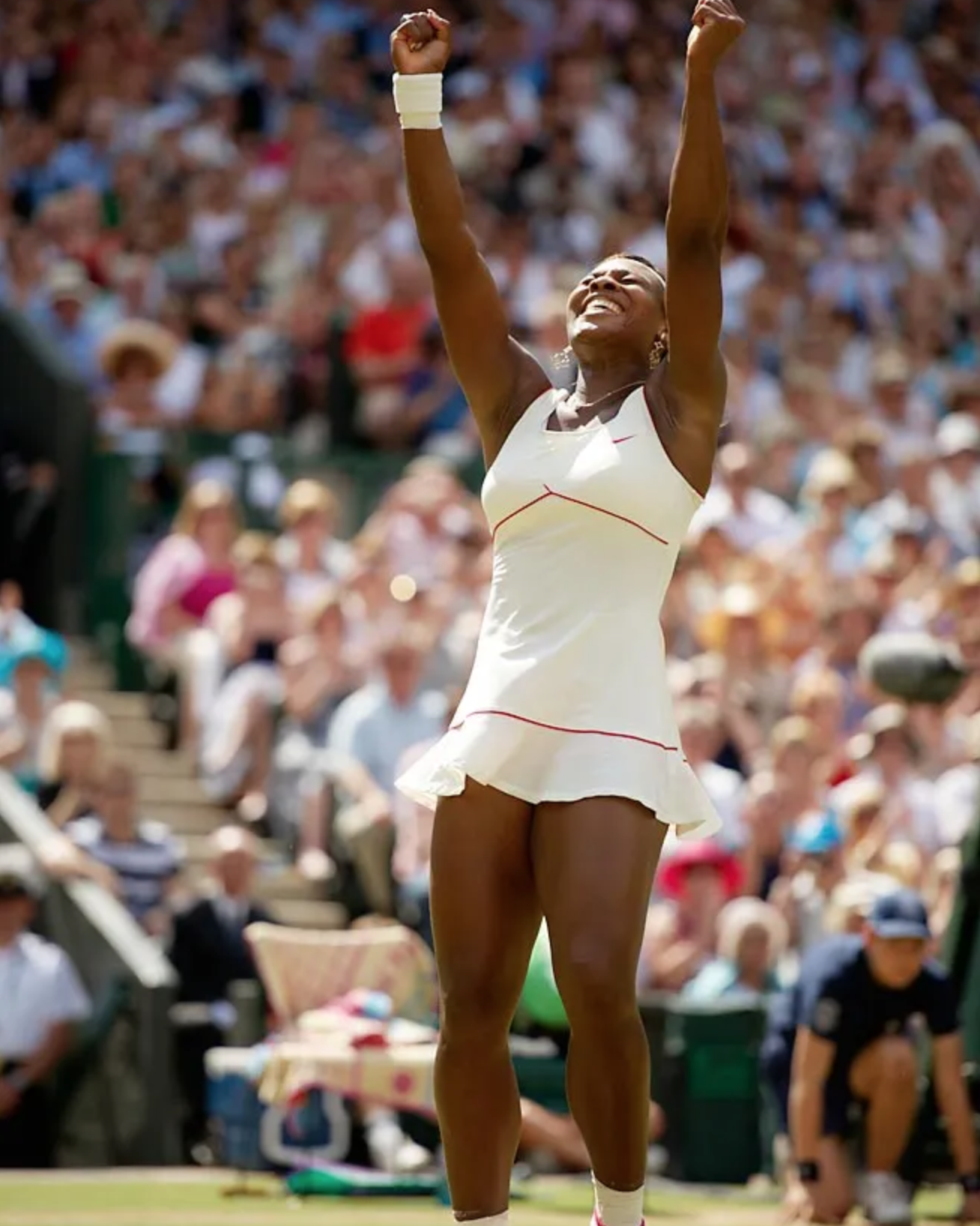How Pilates Can Help Improve Performance In Tennis
The first tennis major of the year has officially begun. Having spent time watching more and more tennis over the last couple of years, I have noticed that Pilates can play a huge role in enhancing a tennis player's performance and overall ability.
Tennis greats, such as Serena Williams and Andy Murry, have used Pilates to help their performance on the court. I wouldn't be surprised if many of the players currently on the circuit included Pilates as part of their performance training.
Pilates can improve numerous aspects of the player's game such as:
Core strength: Pilates exercises heavily focus on core strength, which is crucial for tennis players. A strong core stabilizes the body during dynamic movements- helping players generate power in their shots, maintain balance, and prevent injuries.
Flexibility: Pilates improves flexibility and joint mobility, which is essential for tennis players to perform various shots with the correct technique. Increased flexibility also reduces the risk of muscle strains and improves the overall range of motion on the court.
Balance and coordination: Tennis requires quick changes in direction and explosive movements. Pilates exercises promote better balance and coordination- allowing players to move more efficiently, react faster to shots, and maintain stability during quick turns and lunges.
Posture and alignment: Pilates emphasises proper alignment and posture which are critical for tennis players to avoid injuries and maintain optimal performance. Improved posture helps in reducing strain on muscles and joints, allowing players to move more smoothly and efficiently.
Breathing control: Pilates incorporates controlled breathing techniques that can benefit tennis players on the court. Proper breathing can enhance endurance, reduce stress, and help players maintain focus during long matches.
Injury prevention: Pilates exercises target specific muscle groups commonly used in tennis, such as ones in the shoulders, hips, and knees. Strengthening these areas can reduce the risk of overuse injuries and improve overall muscular balance.
Mental focus and relaxation: Pilates encourages mindfulness and concentration during exercises, which can carry over to the tennis court. Improved mental focus can help players maintain composure during high-pressure situations and make better decisions during matches.
Recovery and rehabilitation: Pilates can be beneficial for players recovering from injuries. It offers low-impact exercises that can aid in rehabilitation and strengthen weakened muscles without putting excessive stress on injured areas.
Performance enhancement: By improving overall body awareness, control, and strength, Pilates contributes to enhanced performance on the tennis court. Players may experience better shot execution, increased power, and improved overall athleticism.
Incorporating Pilates into a tennis player's training regimen can result in noticeable improvements in their game and reduce the risk of injuries. Players need to work with a qualified Pilates instructor who can tailor the exercises to their specific needs and goals as tennis players.
